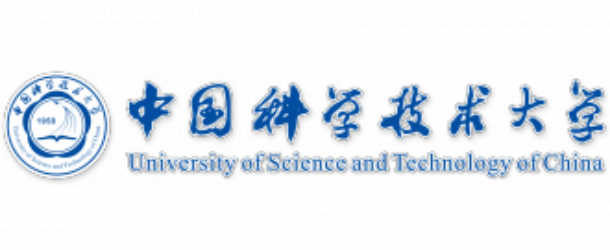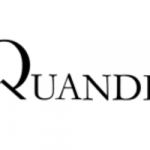USTC Constructs a Multiplexed Quantum Repeater Based on Absorptive Quantum Memories

(EurekaAlert) Chinese researchers have realized an elementary link of a quantum repeater based on absorptive quantum memories (QMs) and demonstrated the multiplexed quantum repeater for the first time.
The fundamental task of a quantum network is to distribute quantum entanglement between two remote locations. However, the transmission loss of optical fiber has limited the distance of entanglement distribution to approximately 100 km on the ground. Quantum repeaters can overcome this difficulty by dividing long-distance transmission into several short-distance elementary links.
The research team, led by Prof. LI Chuanfeng and Prof. ZHOU Zongquan from University of Science and Technology of China (USTC), focuses on the research of absorptive QMs based on rare-earth-ion-doped crystals. For this kind of QMs, the entanglement source can be flexibly selected, including deterministic entanglement sources, while remaining the capability of multiplexed operations, and therefore should be more efficient for quantum repeater applications. They built an elementary link with an intermediate station and two nodes at the ends.
This work provides a feasible roadmap for the development of practical quantum repeaters and lays the foundation for the construction of high-speed quantum networks. Reviewers pointed out”The present work focuses on the ensemble approach, which has a number of advantages in the context of quantum repeater applications, multiplexing for instance”. They highly recommend this work as”a significant accomplishment that will form the basis for further research” and “a major step forward in the development of a practical quantum repeater”.























